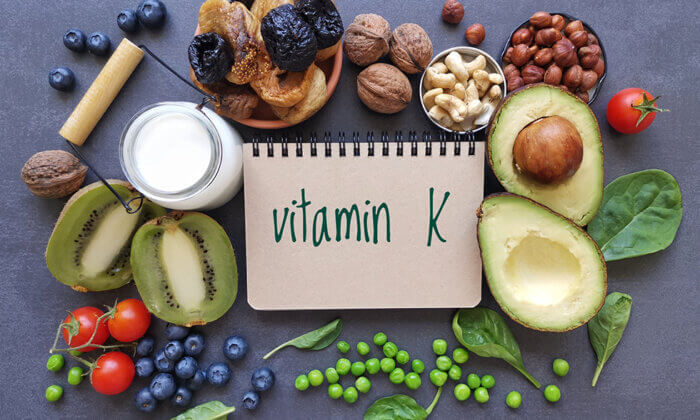The Best Mayan Superfoods To Improve Your Diet
There's good reason that ancient superfoods like chaya and chayote are still staple foods.
| | Reading Time: 5 minutes

Mayan superfoods may have originated in ancient agriculture, but their potent longevity has allowed these foods to remain important staples across Central America, the Caribbean, and even into the United States. These plants can provide striking flavor and powerful nutrients to the daily diet.
A Little History
For centuries, the ancient Mayans ruled Central America and much of the Caribbean. They dominated the Yucatán Peninsula of Mexico with their intricate pyramids and elaborate ceremonial centers. They ventured in large trading canoes into the Gulf of Mexico to Cuba and all the way to Florida, and as far north as Mississippi.
What we know of the Classic Maya period is limited because their great civilization of an organized government was in collapse before the Spanish arrived in 1517. But the Mayan people didn’t disappear; they survived and their culture persisted across the Yucatán and parts of southern Mexico and Central America. Even through the devastation wrought by Spanish colonialism, significant Mayan superfoods, life ways, and languages remain.
Foods and Migration
Where the Mayans went, so did their plants and diet. Mayan foods spread far a field to Central America and the Caribbean islands, especially Cuba because it’s the closest to the Yucatán.
Fast-forward more than five hundred years and you find that when Latin immigrants come to the US, especially to Miami, they bring their foods with them. These foods, many of Mayan origin, can provide striking flavor and powerful nutrients to the daily diet. And, with the US normalizing relations with Cuba, we are soon to see a lot more Cuban foods that in fact are originally Mayan.
The Past is Alive in Yucatán
On my most recent visit to the Yucatán, I arrived in Merida to warm winter weather, blue skies sprinkled with clouds shaped like snowballs. Hundreds of doves celebrated sunrises with exuberant cooing. Green parrots jetted overhead screeching their way through the sky just above the low tree line.
Walk down the alleys of old Merida, and a few blocks behind the cathedral you’ll come to the central market. Every kind of inexpensive household good is for sale, including knives and gardening tools, buckets and hammers, and tortilla presses from small to huge.
Far in the back of the market, traditional Mayan foods burst with unique shapes, sizes, and colors. You’ll find a dazzling array of chilies varying in hotness from little red and yellow habaneros to Anaheim chili, X’catik in Mayan, a greenish yellow pepper the size of a bird.
Though not well known in the US, traditional Mayan fruits and vegetables enhance flavor and visual appeal to any plate of food, plus contribute unique nutritional benefits to a plant-based diet.
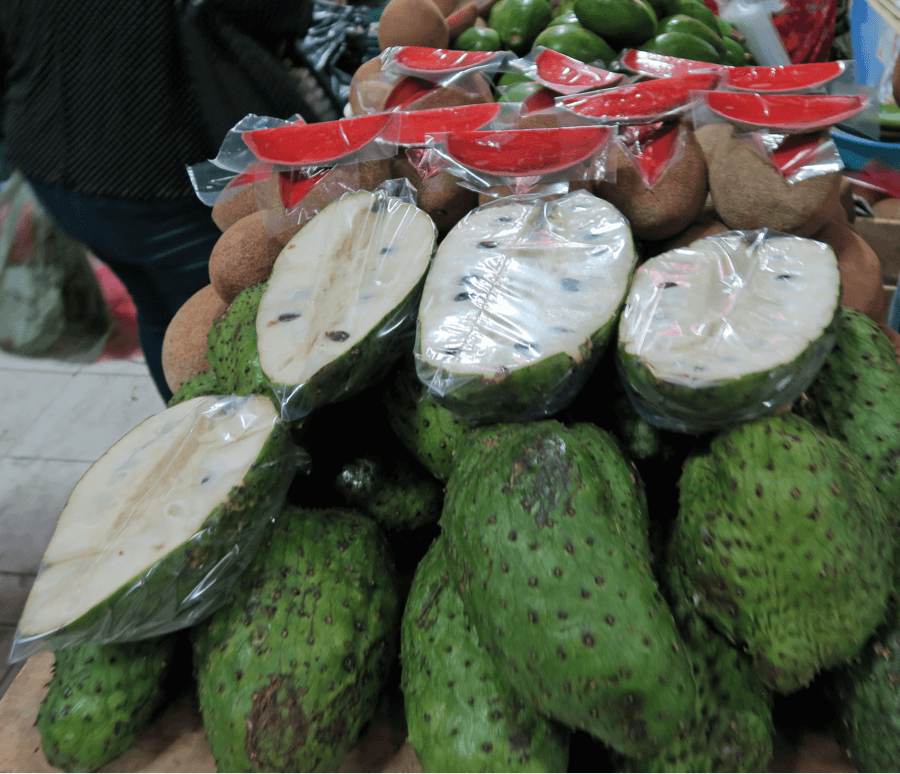
If you want to experience organic, non-GMO, locally grown Mayan foods, go to El Mercado Fresco, the “fresh market.” It’s open only on Saturdays from 9:00 AM to 1:00 PM.
Here you’ll find raw milk, fresh bagels, and eggs from free-range chickens, fresh organic orange juice squeezed on the spot, and locally aged real mozzarella. You also see a fusion of Mayan foods including vegan choices like organic yellow corn tamales filled with green bananas.
To encounter traditional corn, or maiz (Zea mays), called elote by Mayans, is to breathe in the earth itself. In season, you can eat fresh boiled elote, sprinkled with lime juice and red chili pepper. In winter, there is dried corn and, of course, all year round there are plenty of golden yellow corn tortillas.
4 Mayan Foods To Improve Flavor And Nutrition
There are dozens of Mayan superfoods that are good for you, including calabazas, boniato, manay, jocote, and elote. Whether you aren’t familiar with the cuisine or want to learn more about the benefits of foods you are used to eating, here are four traditional Mayan superfoods that will add flavor and nutrient value to your plant-based diet.
1. Chaya
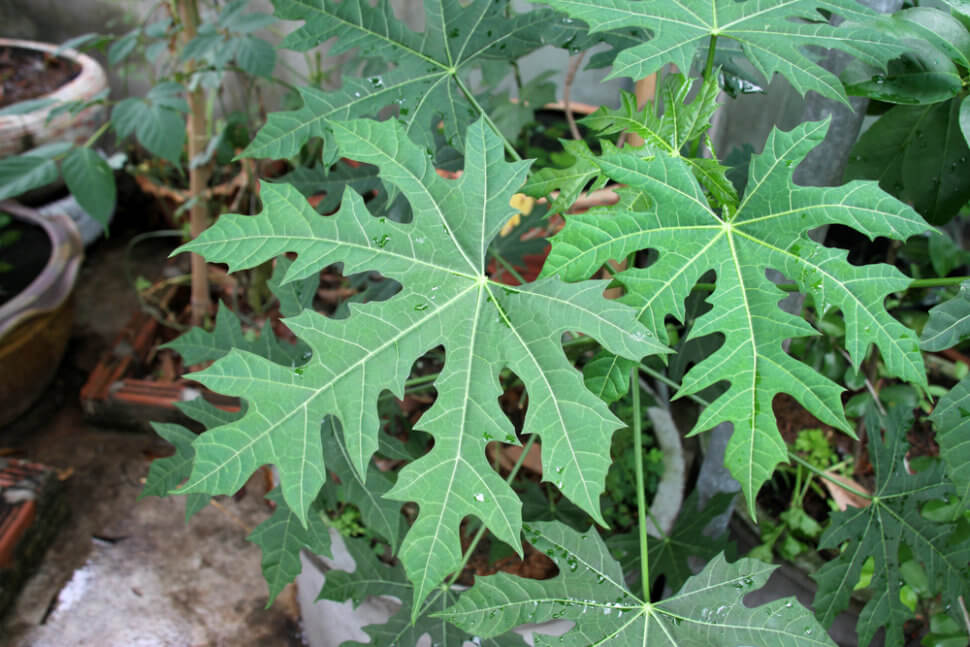
Chaya (Cnidoscolu chayamansa) is a commonly used vegetable in the Yucatan. It is also called Mayan spinach or tree spinach, because the edible parts are the leaves of a small tree. Chaya is rich in A, C, B vitamins, and many minerals including calcium. Chaya is two to three times more nutritious than most greens consumed in the US. Because raw chaya leaves contain high levels of hydrocyanic acid, chaya is always served cooked. Sautee chaya with onions and garlic, or bell peppers.
2. Chayote

Chayote (Secbium edule) is in the cucumber family. It’s readily available in Latin markets during the height of summer. It’s blander tasting than summer squash, but carries abundant nutritional value. You can steam chayotes and serve with a drizzle of organic cold pressed olive oil, or add them to vegetable stews.
3. Makal
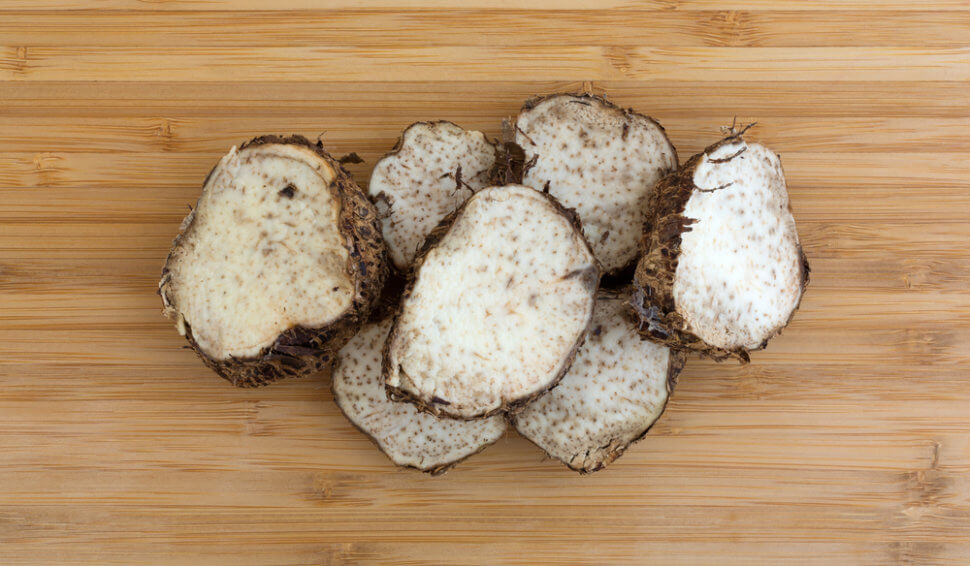
Makal (Xanthosoma yucatanese), also called malanga, is a tuber from a relative of the elephant ear plant commonly used as an ornamental in the southern US. It is also closely related and often confused with Taro. Malanga roots are a common staple food in the Yucatan, as well as in Cuba and other Caribbean islands. It’s a starchy vegetable that’s good for producing energy in the body. Try it as a substitute of potatoes, yams, or sweet potatoes.
4. Nanche
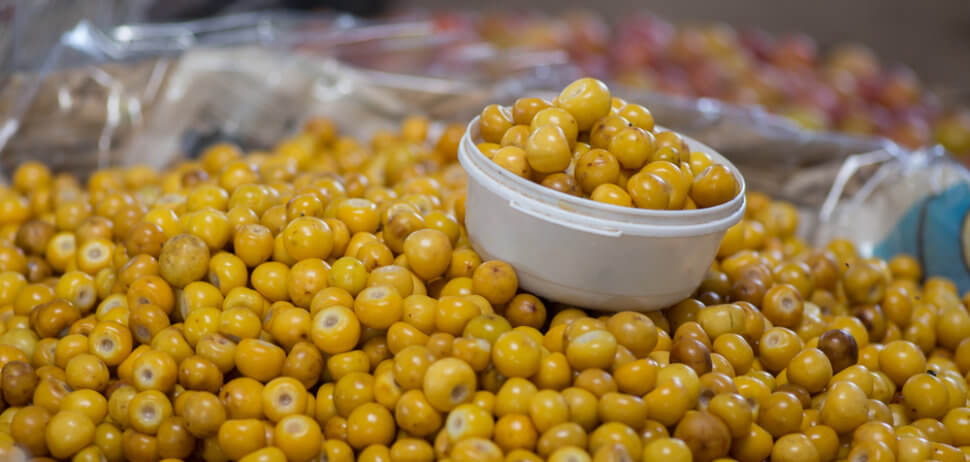
Nanche (Byrsonima crassifolia), also called Nance, is another native of the tropical Mayan lowlands. Yellow in color, nanche is about the size of a large cherry, and is a relative of Barbados cherries or Acerola. Nanche has a high vitamin C content, which is very nutritionally valuable. Young children love bright yellow nanche fruit with it’s sweet and sour flavor. Serve it as a dessert, or blend nanche in your protein smoothie for color and heightened taste.
The bark of this small evergreen tree has medicinal properties to treat coughs, gastrointestinal conditions, and female reproductive symptoms. The ancient Mayans held it as a sacred plant including it in rituals. Nanche contains the antioxidants lutein and zeaxanthin, which are good for the eyes. It also contains many B vitamins, along with vitamin C, E, and K. The plant has calcium, magnesium, and other minerals including zinc and manganese.
How To Include Mayan Superfoods Into Your Diet
If you live in Miami, you won’t have any trouble finding Mayan foods.
In other areas of the US, look for Latin markets, check local farmers markets, and look into fresh food wholesalers that carry ethnic foods. Remember, these are foods from semi-tropical plants, so summer is the most likely time to find them.
When I lived in Encinitas in Southern California, my Mexican neighbor grew chayotes for the commercial market. I bought them from him in the summer. He taught me how to grow my own, a practice which I’ve revived now that I live in Florida.
You’ll also find that many supermarkets carry some of these foods in the frozen section! I’ve even found frozen malanga in Publix!
The list doesn’t end with the few that I mention here. Other Mayan superfoods include black beans, lima beans, yucca, jicama, and papaya.
The Mayan Yucatan is not so far away. Many Americans and Canadians travel every year to Cancun. While you’re there, try Mayan cuisine from the source. Support the local Mayan descendants who are keeping their ancient food culture alive.
